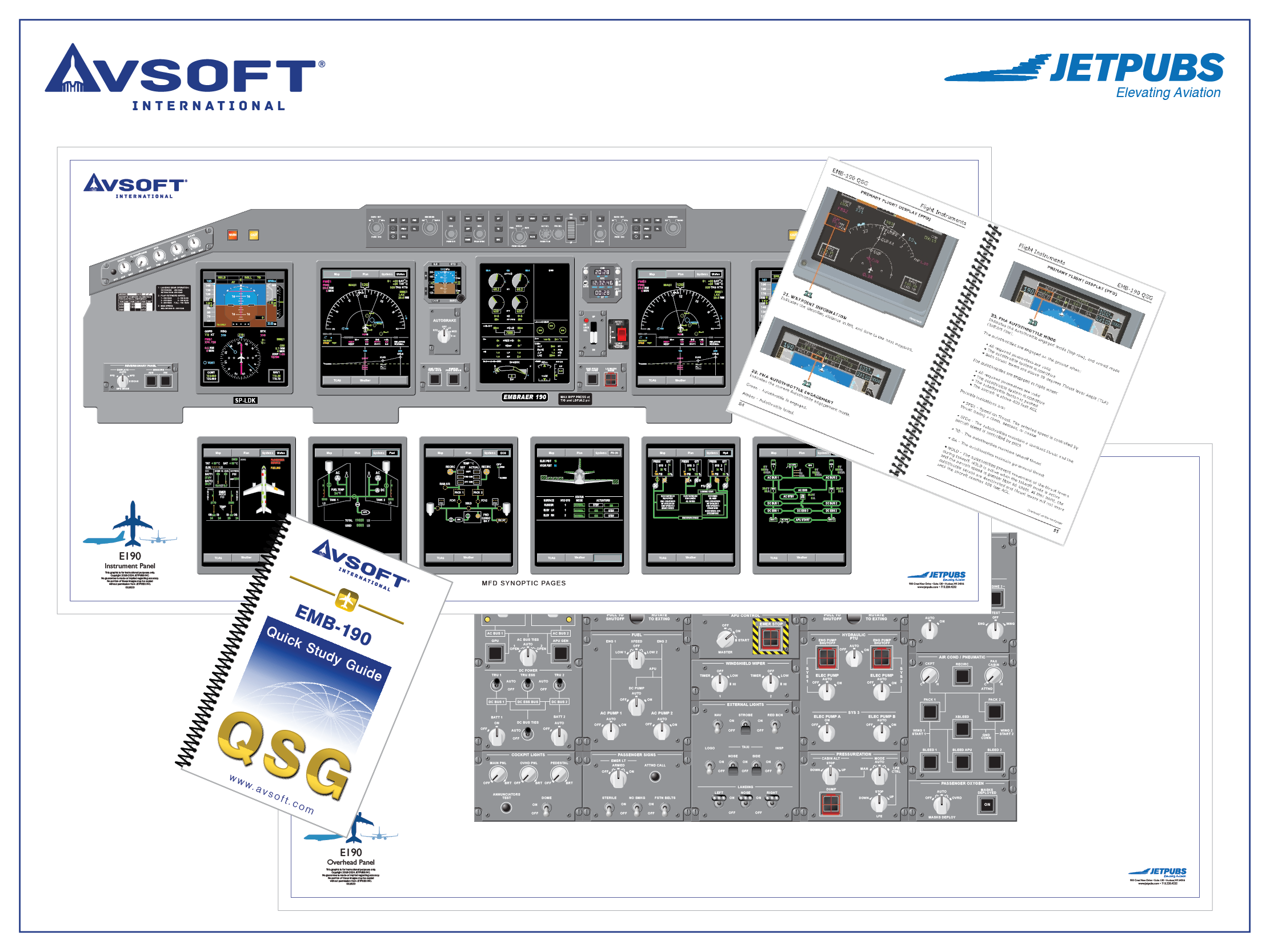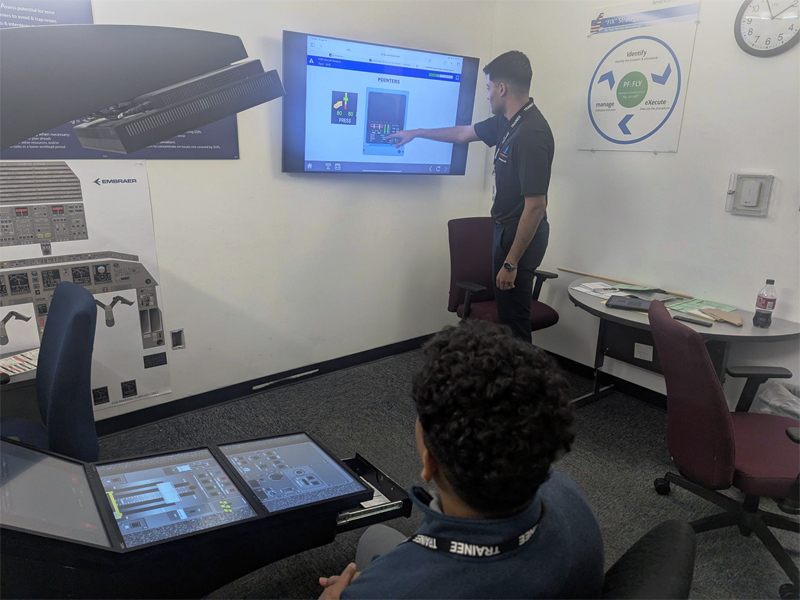

Avsoft International is pleased to announce a new partnership with Simaero Training, an Approved Training Organization (ATO), based in South Africa, that specializes in…
Read More
Avsoft International is pleased to announce a new agreement with AAP Line Aviation, a newly formed entity resulting from the official partnership merge between…
Read More
Avsoft International is pleased to announce that Pan Am Flight Academy, a leading Part 142 flight training organization based in Miami, Florida, has signed…
Read More
Skytrans Pty Ltd, a leading regional airline based in Australia, has chosen Avsoft International’s Learning Management System (avLMS) to deliver its Dash 8 Q300…
Read More
Avsoft International has officially transitioned out of printed materials to focus exclusively on delivering high-quality online aviation training courses. As part of this transition,…
Read More
Avsoft International is pleased to announce its partnership with PSA Airlines, a wholly owned subsidiary of American Airlines, to provide a customized CRJ 700…
Read More
Avsoft International is pleased to announce a new partnership with Airplan, an aviation training provider based in Markopoulo, Greece. Under this agreement, Airplan will…
Read More
Avsoft International is proud to announce its latest partnership with Air-Tec Global, an aviation leader based in Mauritius with operations in South Africa. Through…
Read More
Avsoft International has developed a custom Embraer 145 (EMB-145) aircraft systems course for Piedmont Airlines, a subsidiary of American Airlines Group. The course was…
Read More